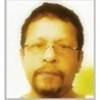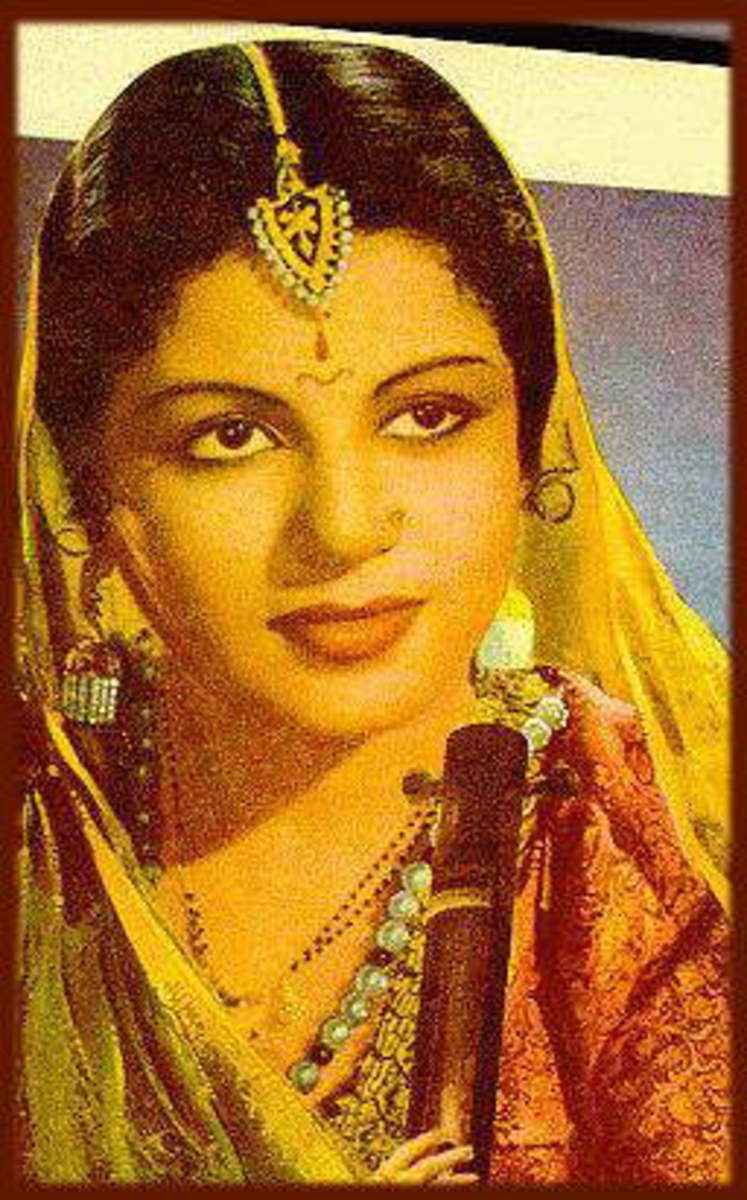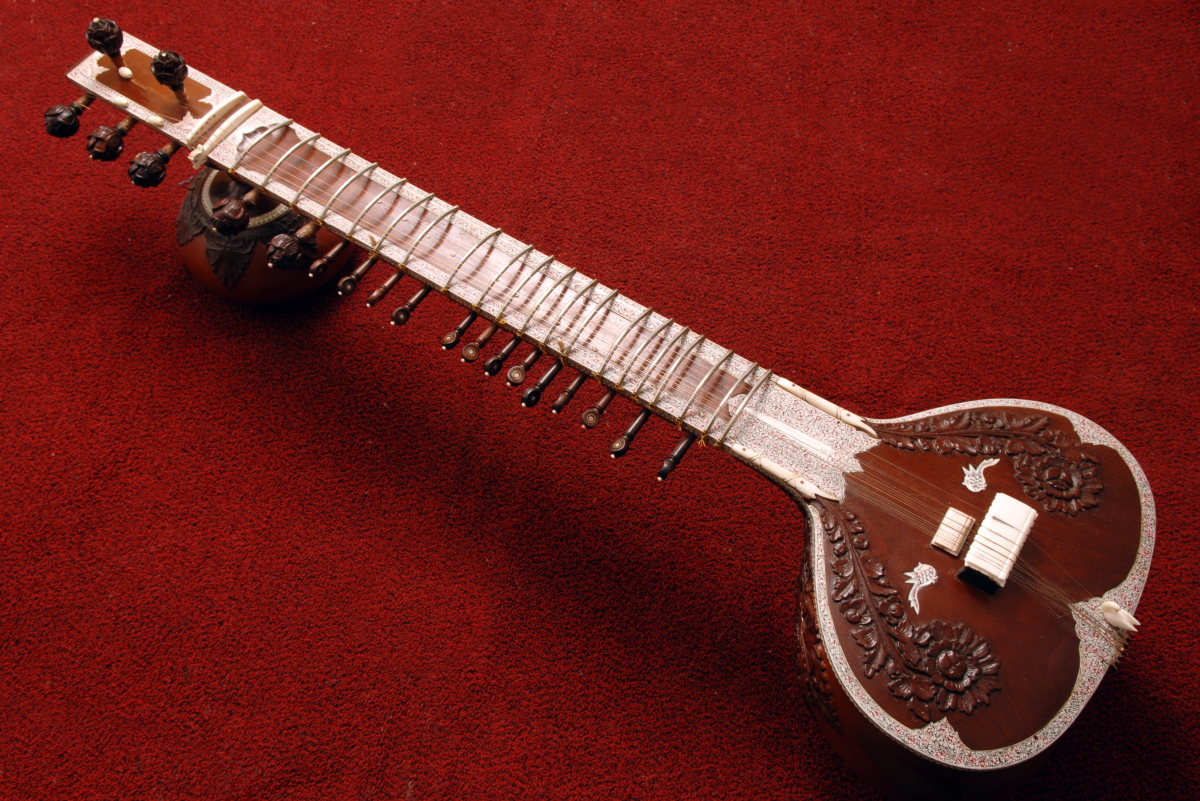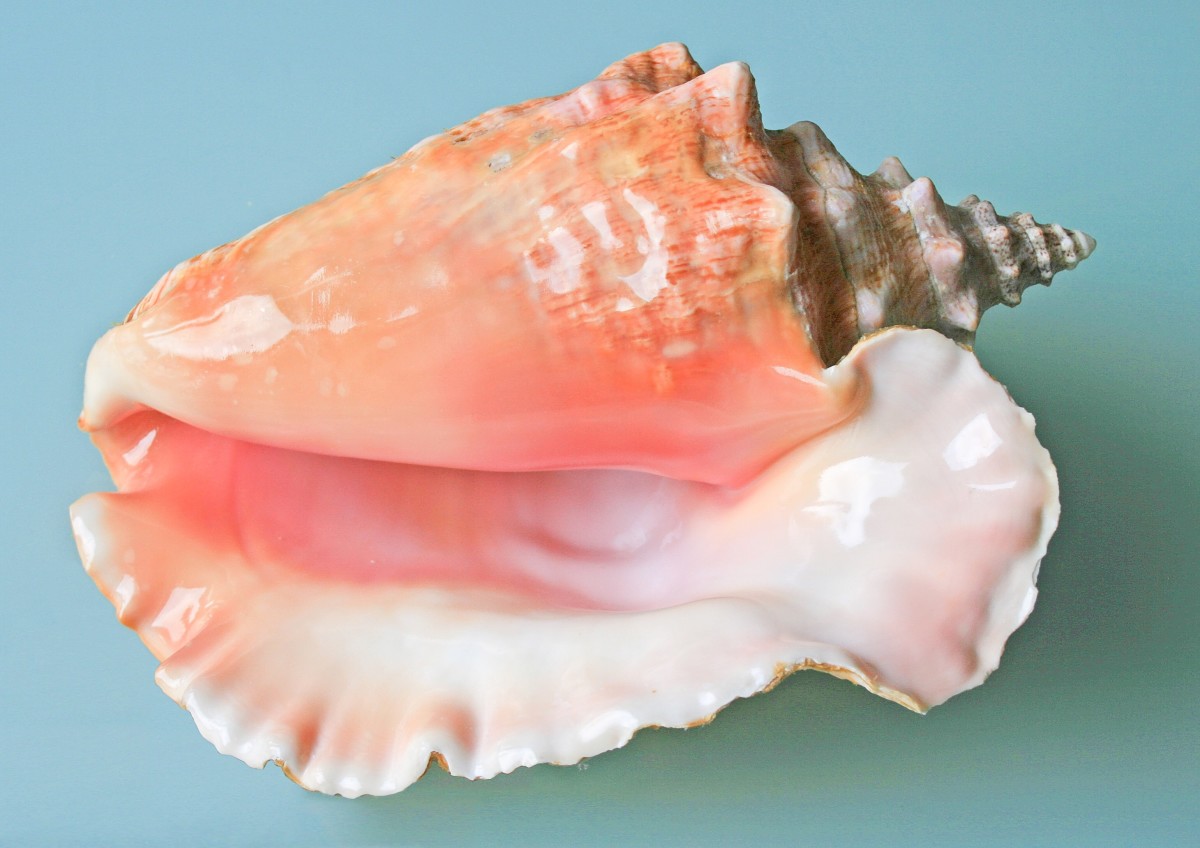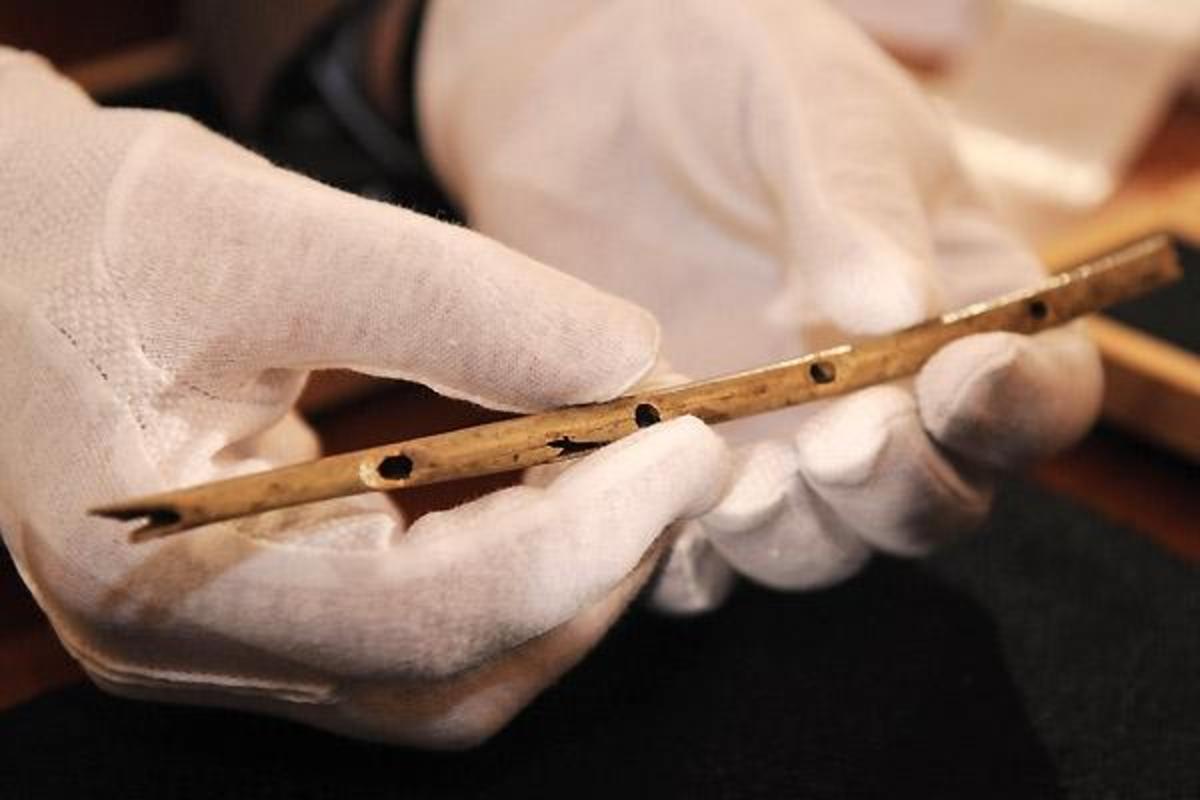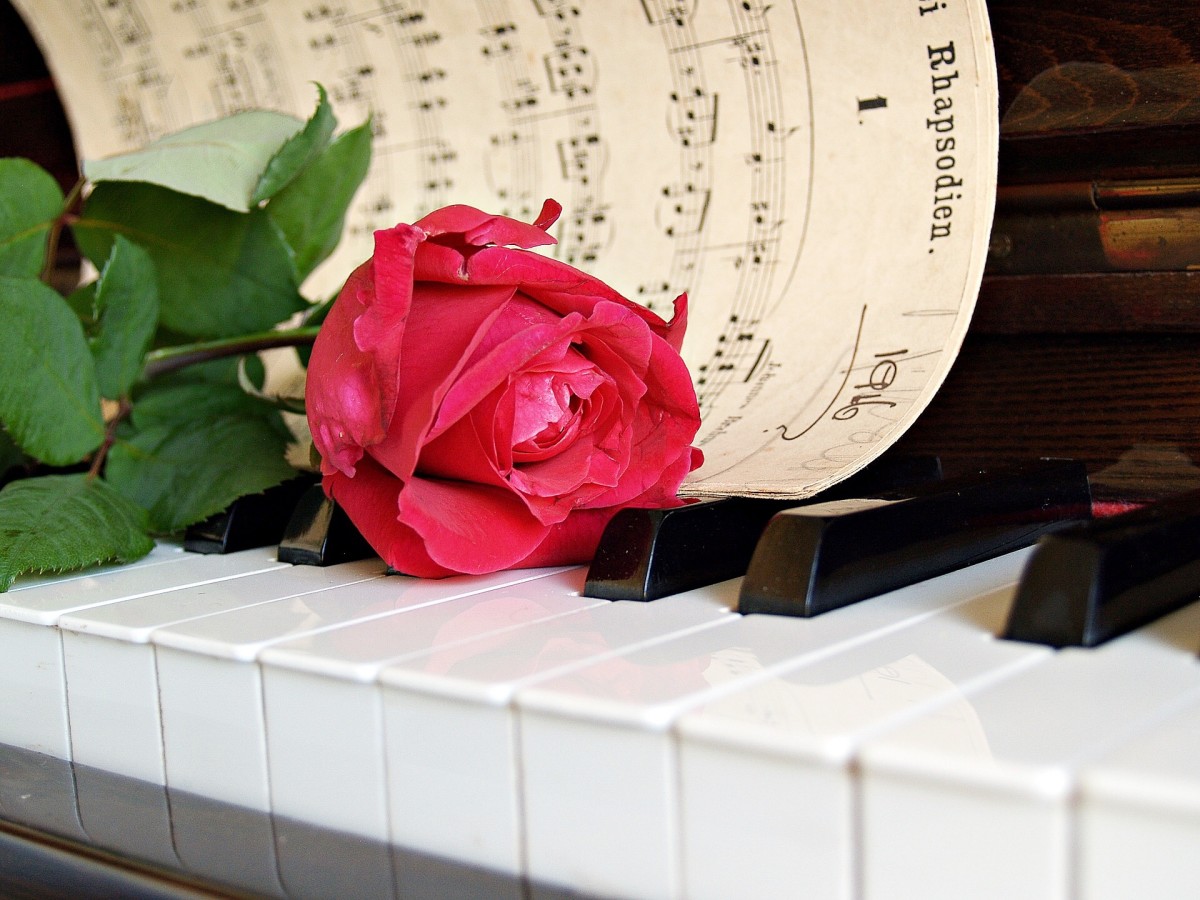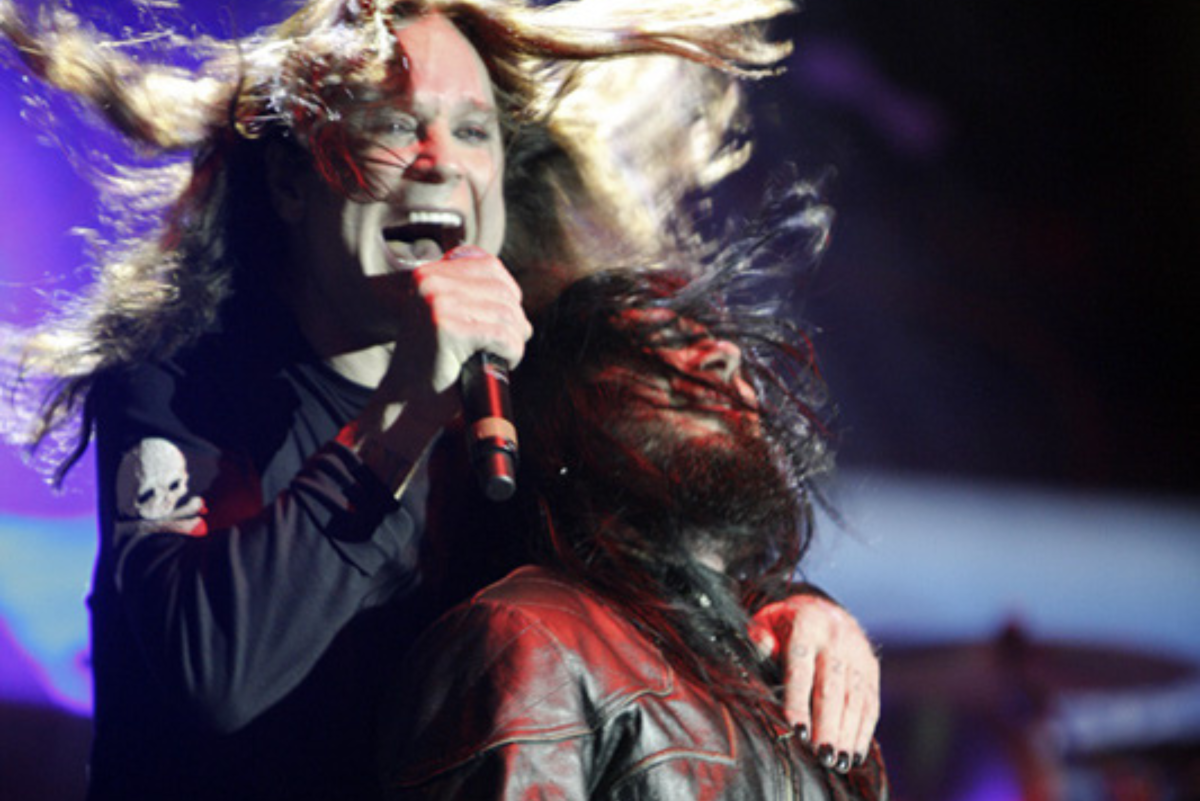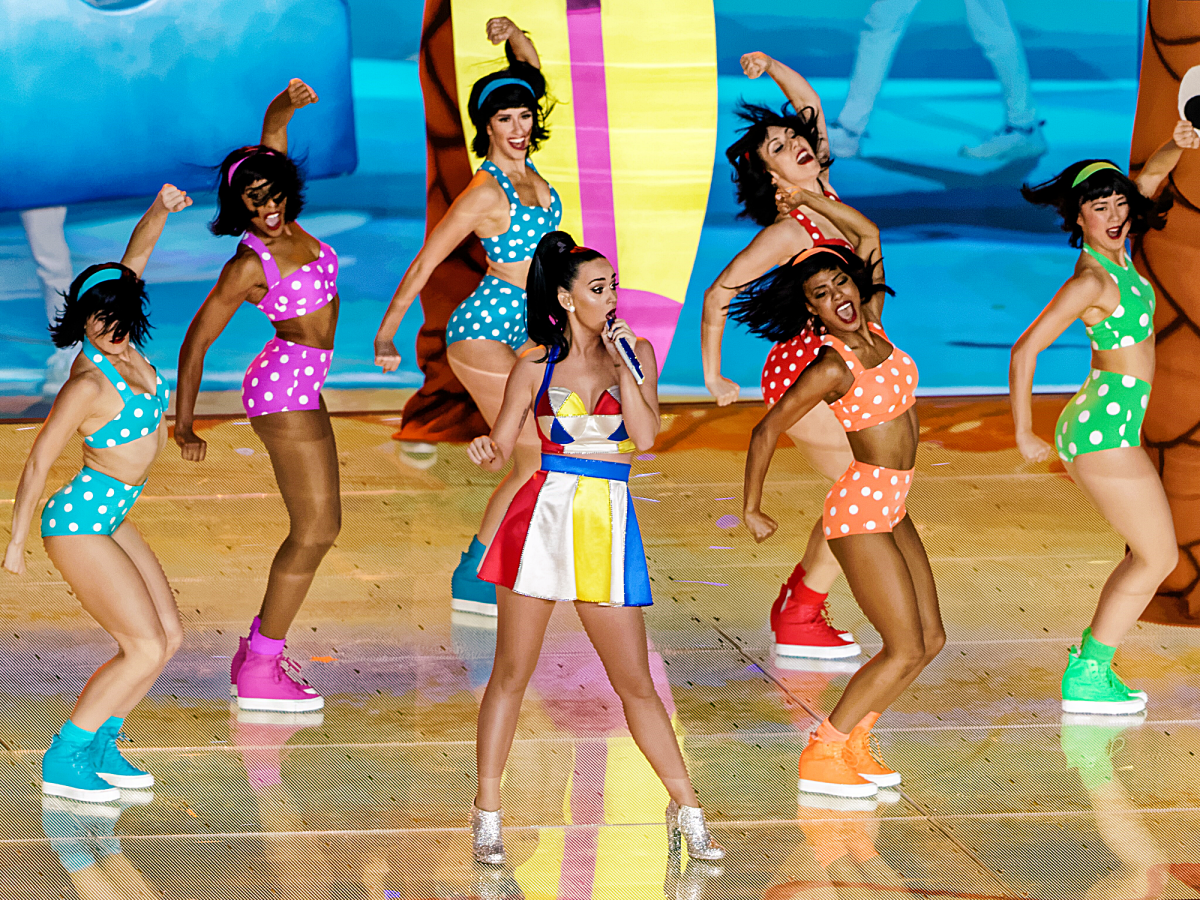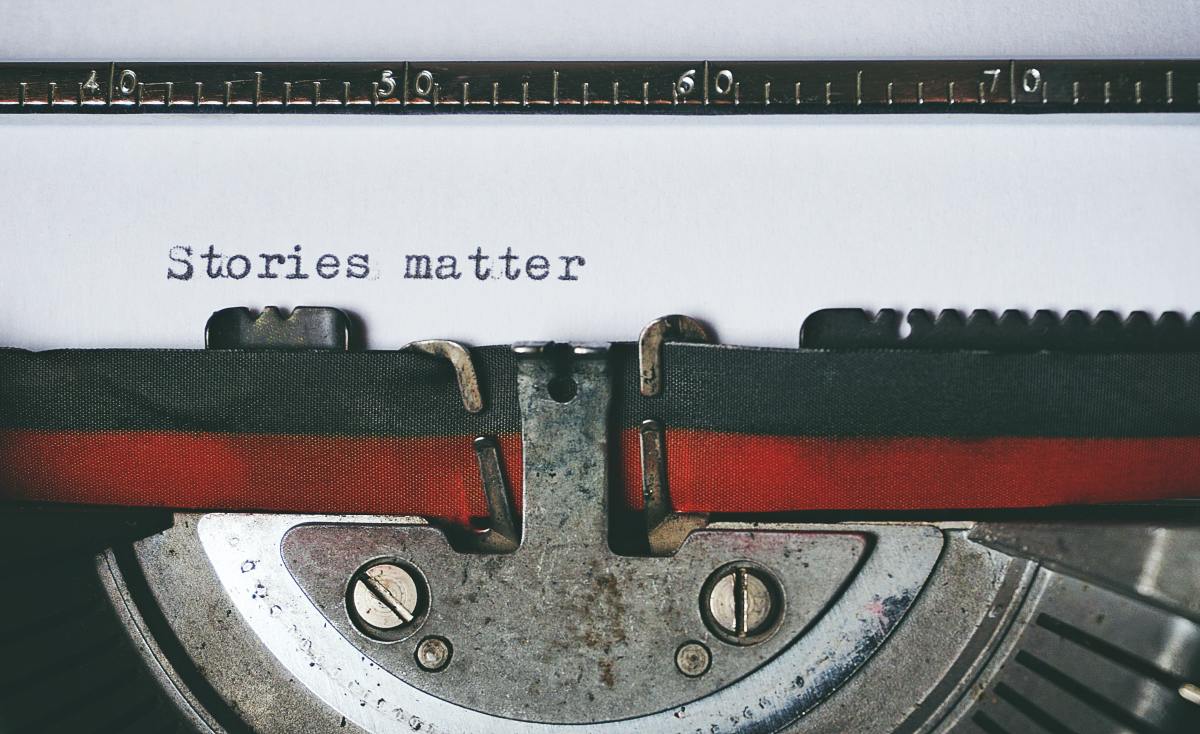The Indian Music
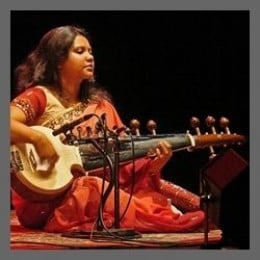
About Indian Music
Music of India is in deference to European culture, for example, where the early melodic music has transformed into the current harmonic music.
The social pattern of India today is the outcome of many older ones and the way of life in this land has been woven of fibers of distinct hues and textures. It is believed that the Negrito races, the remnants of which are still with us were the earliest in India.
The Dravidans, Mongoloids were later cultural incursions. And the music of India today shows this ethnic admixture. The very old tribal people in different parts of the country - the Pulayans, the Thodas, the Orams, the Santals, the Savaras, - have their typical music and dance.
This ancient tribal music supplied, to a large degree to the general mood of India's music.
Photo Source: Flickr
by: sukkran

Music of India
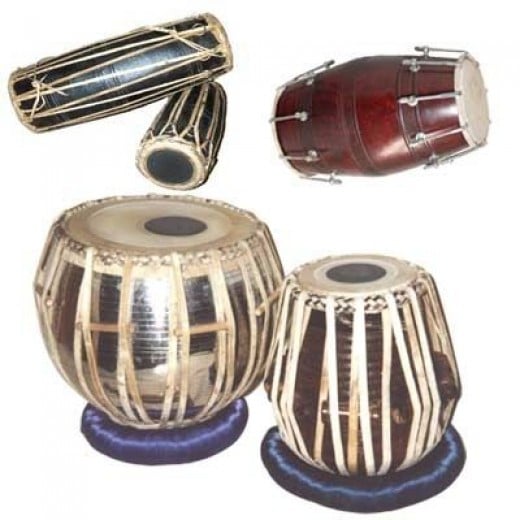
Indian Musical Instruments
Photo Source: Tradeget.com under creative commons license.
India is made up of quite a few dozen ethnic groups, speaking their own languages and vernacular, having very separate cultural traditions. Music of India consists of multiple varieties of classical,folk, popular, pop etc. India's classical music convention, including Carnatic and Hindustani music, has a history straddling millennia and, developed over a number of epoch, it vestiges fundamental to the lives of Indians today as starting place of religious inspiration, cultural manifestation and pure entertainment.

Classical Music - Carnatic & Hindustani Musics.
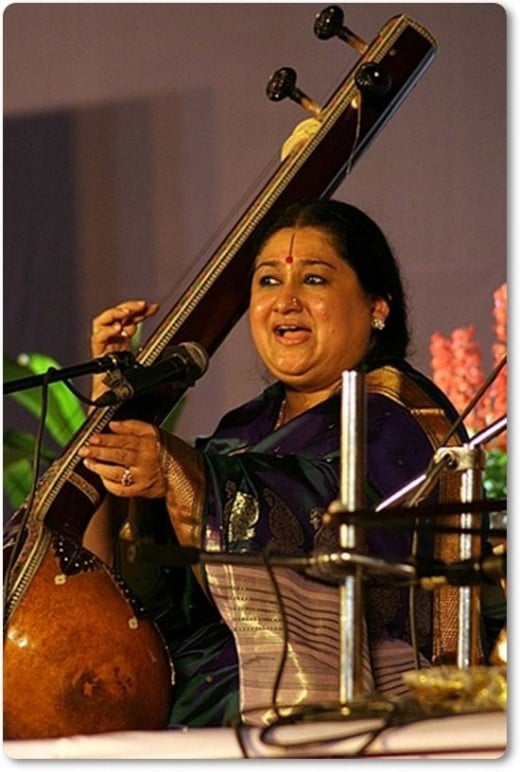
Photo Source: Flickr under creative commons license.
The two main traditions of classical music which have been Carnatic music, found largely in the southern regions of India and Hindustani music, found in the northern and central parts of India. While both traditions claim Vedic derivation, history point out that the two traditions diverged from a common musical root since c. 13th century. Very old form of Indian music was that of the Tamils and interconnected cultures. This was also a melodic style with its own peculiarity. These forms of music gradually fused with Aryan music, religious styles of which one sing in the Rig Veda and Sama Veda.
Bit by bit all these forms have come closer and become amalgamated into one another, a later twist coming from central Asian regions, and, of course, the latest is from the west. It is therefore essential to free oneself of the much discrimination about this music. First, is of the monolithic derivation of not only the music, but the common culture of India. One cannot recognize only the political borderlines, for cultural patterns run over these walls and lines on the maps. There can also be no rigid cultural blockades, for one social group passes into another, now and then unnoticeably. And India, with its huge additional room in space has also an age-old past.
The material and mental stuff of various cultures which were quite marked in ages gone by - and this diversity is evident even to this day - have has time to flow and liquefy into one another. This "music of India" is differing from the grunts and shrieks of the Nagas in the far eastern border and the Thodas in the Southern hills, to the most complicated concert Ragas and Thalas.
The result of such a give and take policy is the present day Indian art music with its two major areas - The Carnatic and Hindustani. In common they have the same basis, being melodic and governed by rules of "Raga" and "Thala" construction. The Carnatic system is the art from the South India (Tamil Nadu, Kerala, Andhra and Karnataka). The other parts of India are follows the Hindustani musical dialect.
The Carnatic and the Hindustani systems are only the extremely grammatized music of the simpler art of this country. Obviously the bottom and foundations of the art music have to be sought for in this soil of tribal, folk and borderline areas. And more or less non-musical, yet with musical feelings, are the grunts and shrieks of the Thodas and the Nagas. But then these are the seeds out of which the complexed concerts music has blossomed out. The 'Flour-grinding' songs of rural women grow into a variety of folk songs, more or less obscure. Music in and of the temple is another branch to the mainstream.
Vedic music which started as a recitation of three tones ended as a seven-toned chant. In the Temples and Matts (monasteries) music was, and still is, a fundamental part of meditation and worship. Through these simple Bhajans, Abangs, Keerthanas and Bakthipadals the most devastating mystic truths and socially reformative ideas were communicated to all the populace. Thus Indian life is filled with music at all branch and levels.
Classical music has, then, grown out of this productive earth and in its turn flowed back into that soil. This is true not only of musical elements and forms but also of instruments. After all, the performance Rudra Veena is another version of the Kinnari and Jantar. The Tabla might well have been an offspring of a village pot covered with hide. The intricate cross rhythms and drums mnemonics heard in the Mehfils and Kacheris have been developed long long ago among the tribal Santals.

Mahaganapathim.- Carnatic Music
Pt. Ajay Pohankar's Hindustani Vocal

The Bhajans - Indian Devotional Songs
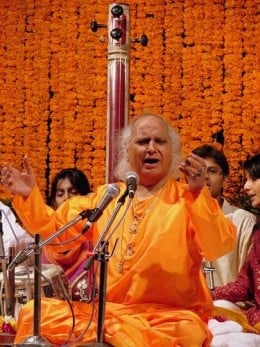
Photo Source: Flickr under creative commons license.
Bhajan is some type of Indian devotional song. It has no stable form: Anecdotes and episodes from scriptures, the philosophies of saints and explanations of gods have all been the subject of bhajans. It is customarily lyrical, expressing love for the Divine. It may be as modest as a mantra or kirtan or as stylish as the dhrupad or kriti with music based on classical ragas and talas.
Like Dhrupad panache, Sufi qawwali and the kirtan or song in the Haridas tradition are linked to bhajan. Traditions of bhajan such as Nirguni, Gorakhanathi, Vallabhapanthi, Ashtachhap, Madhura-bhakti and the traditional South Indian form Sampradya Bhajan each have their own range and methods of singing. Meera, Nanak, Kabir, Narottama Dasa, Surdas and Tulsidas are distinguished composers.
The name, similar of bhakti, meaning religious devotion, suggests its reputation to the bhakti movement that spread from the south of India throughout the entire subcontinent in the Moghul era.
Bhajan - Video - New Hindi Bhajan Songs
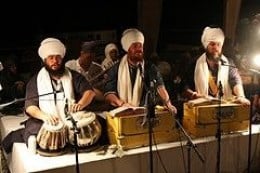
Gurbani Kirtan
In Gurbani Kirtan there is a difference it measure up with the Kirtan of the Hindus. In Sikh community, the 'Holy Naam' is recited by expert musicians in the Ragas in which the hymns of the Gurus were formerly composed and the Kirtan could go on for hours. The singing of God's glory, with religious zeal and commitment sooths the nerves, releases tension and engenders a sense of joy and happiness.
The vocal music, complemented by instrumental, has always been more enthusiastically appreciated by the Sikhs than authentic instrumental music. Their dedicated taste for hymns sung by the Gurus and divine poetry has determined this. Instrumental accompaniment is commonly furnished by Harmonium, Tablas, Rabab, Duff, Chimta, Ek-tara and flute, which supports the rhythm. The most notable musical form is Shabad Kirtan, which forms part of all types of gatherings of the Sikhs, whether in the Gurudwaras in home.
Gurbani Kirtan - Video - Koi Bole Ram Ram - Bhai Sarabjit Singh Ji Rangila

Indian Music DVD

Raga & Tala
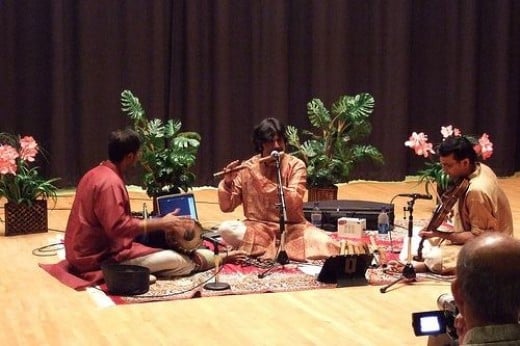
Photo Source: Flickr under creative commons license.
Flute: Stage Performance
In quintessence, a Raga is a melodic scheme ruled by certain established rules, but granted that a great freedom for creativeness. These rules categorize and conclude the notes of a scale that should be used, their order, significant and necessary melodic idioms which give a specific color to the scheme. Based on these more or less authoritarian boundaries, the musician is free to create and herein lays his genius. The raga has, of course, to be pleasing: "A Raga is called by the scholarly that kind of sound composition which is garlanded with musical notes in some peculiarly stationery, or ascending, or descending, or moving values, which have the outcome of coloring the hearts of men."
The Tala is a rhythmic perceptive of beats in a cyclic manner. Each cycle is absolute in it and is recurring. The cycle is separated into sections which may or may not be equal. It is formed by the addition of time units in a definite manner. But what is of real suggestion between tala and rhythm. Within this framework, there are many method of creating music. These differ according to their distinction on rhythm, extent of ornamentation, lyrical qualities, etc.
Some of such recognized structural dialects are the Dhrupad, the Kheyal, the Thumri and so on of north India, the Krithi, the Varnam, the Padham, the Javali, etc., of south India. In the more critical styles of music, the cheerfulness of a raga starts with a slow exposition called the Alabanai or Alab, followed by a masterpiece in a given tala, incorporating well designed melodic phrases and libretto, and faster phrases. Instruments in north India play rhythmic pieces known as Gat, whereas south Indian instruments usually follow vocal patterns and compositions.
The extremely developed and sensitive music was but the outcome of the ancient religious and secular music. As in all other cultures, so in India, the religious groups, the chambers of aristocracy and the ordinary people have each donated to and encouraged their own part in this cultural dynamics. The normal man who sang his sorrows, wishes and accomplishments created the folk songs and ballads which are rich mines of musical and poetical jewellery - as varied as the peoples of this land.
The Thumri, the Ghazals, the Padham and the Javali are very weak examples of fine erotic love. But, by and large, the best music has been very closely linked with religious practices and mystical experiences. As a matter of fact, music is measured as one of the best forms of devoutness and meditation. Musical compositions range, in this quality, from the firmly occulted recitation of Mantras and the great songs of Muthuswamy Dikshidar (1775-1835), the religious love poems of Jayadheva (12th century) and Kshetrayya (1600-1680), to the angelic lyrics of Purandaradasa (1486-1564) and Thiyagaraja of Thiruvaiyaru (1759-1847).
Princess Meera, mad with the love of Lord Krishna, and the mystics Kabir and Thiruvalluvar have all donated to the religious expression of this people. Rabindranath Tagore, of our own times, was a multitalented intellect - a poet, novelist, dramatist and musician of the greatest beauty. His creations range from simple children's songs, folk songs and mystic songs to highly sophisticated Dhrupads. He has created new melodic and rhythmic patterns of rare charm.

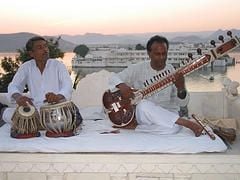
Today's "Music of India"
The Music of India, a brief idea of which has just been given, is not only the proud legacy of this subcontinent but of the whole world. For without doubt it is one of the most highly developed and sophisticated musical systems of human society. Particularly, its micro-tonal pitch differences (Sruthis as they are called); its melodic scheme (Ragas) and the rhythmic subtleties of its Talas are amongst the most cherished artistic contributions of India to world culture.
With the advent of political freedom, a new enthusiasm grew. Music, as other arts, is now recognized as an important part of culture and education. Besides professional institutions, schools, colleges and Universities offer facilities for learning music and some have established faculties of music. Almost every town of some size has a music club where artistes - small and great - perform. The largest patron of music is All India Radio, a Government concern, with its innumerable stations. It not only broadcasts music but has on its staff a large number of well trained musicians who plan and produce its musical programmes.
Very significant institutions in the field are the central and state Academies of Music. Established by the Central and State Governments, they are more or less autonomous in functions and primarily look to the encouragement of study, research, publication and archiving of music material and in a number of cases have been of considerable force in their spheres of action. Besides these there are a few private academies of very high standing.
Apart from this a strong and influential musical force today is what is called the 'Film music'. Some of it is good, based on the genius of this land and people. Our A R Rahman of Chennai, brought two Oscar awards for his best film music. But some others are a hybrid, vulgarized can-can, closely followed by 'orchestration' pop and such other varieties.
Photo Source: Flickr under creative commons license.

Harivarasanam - Nadaswaram Music
Useful Music Links:
- Music India Online
MusicIndiaOnLine, the largest Indian music resource on the internet! - Indian Melody
Twenty centuries ago, the essential role of music of India was deemed to be purely ritualistic. Music as entertainment is supposed to have evolved much later - Folk Music of Tamil Nadu
Tamil Nadu, the southern state of India, is deeply entrenched in an eminent tradition of folk arts, which display the traditions and talents that have come down from generations. - Maestro ILAYARAJA - Great Composer of Tamil Nadu
Ilayaraja a famous musician come singer from Tamil Nadu composed more than 850 albums in Indian film industry right through his career of more than 25 years.
Tamil Cinema Music - Stage Performance of Tamil Cinema Music by Dream Girl 'LAKSHA'.
Learn Carnatic Music -DVD

